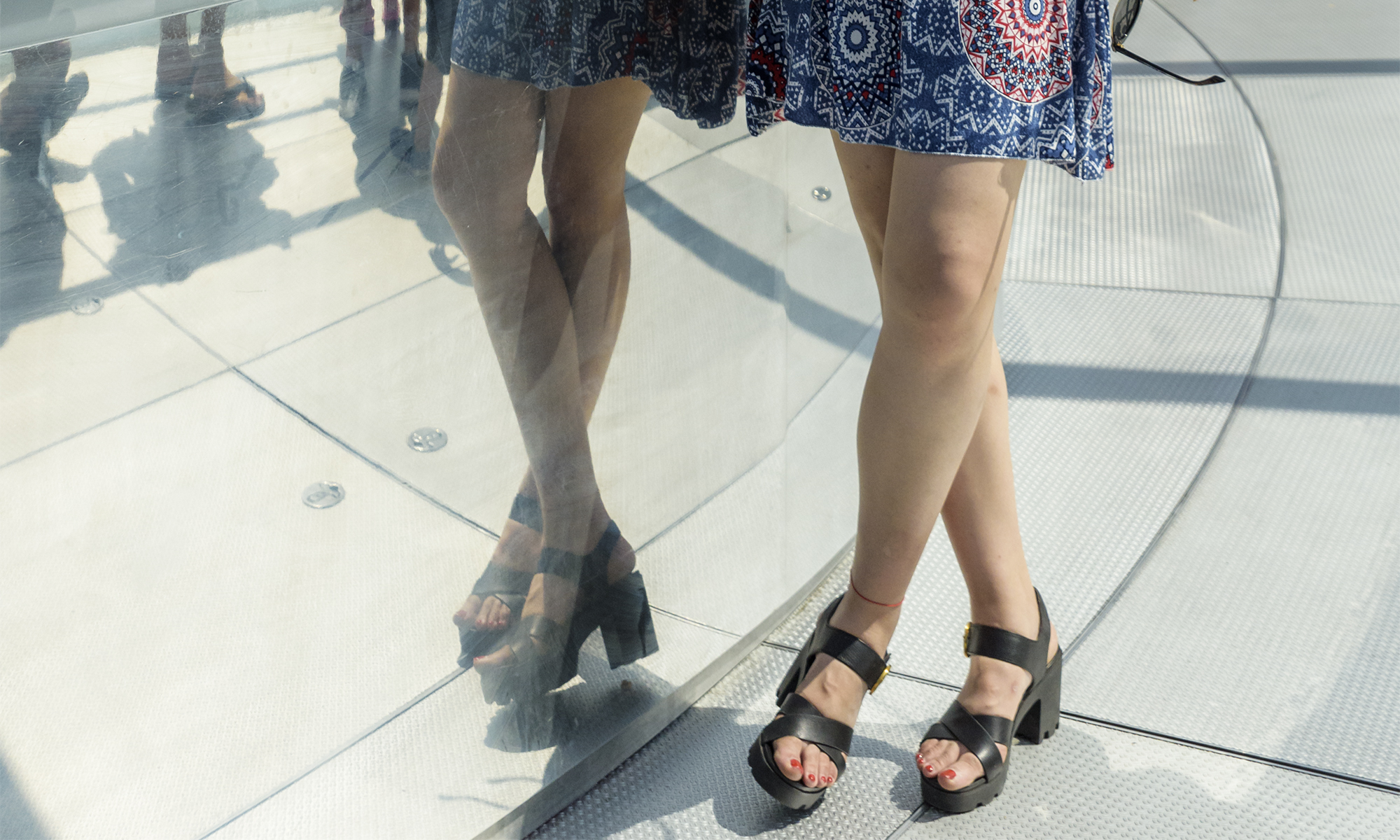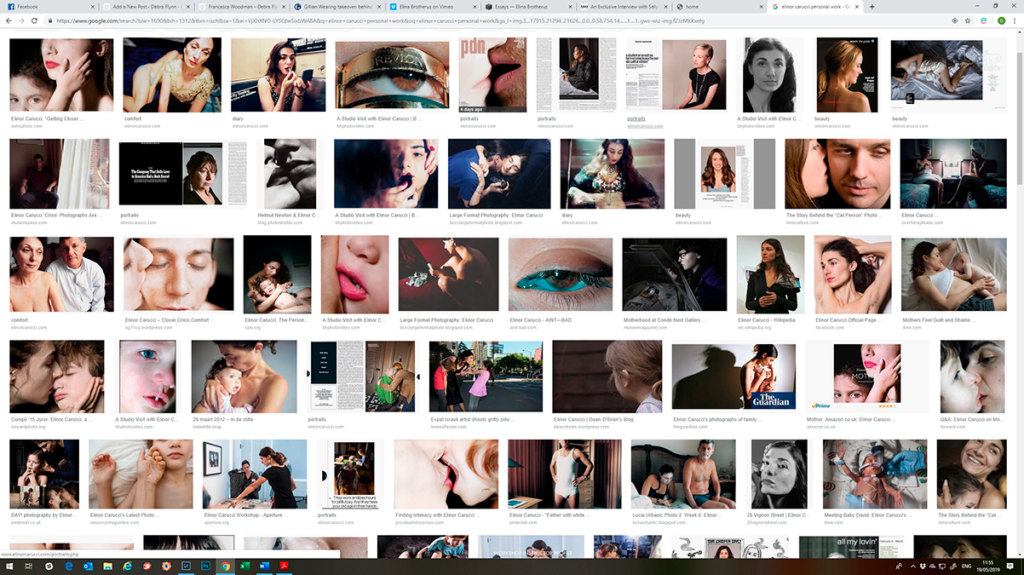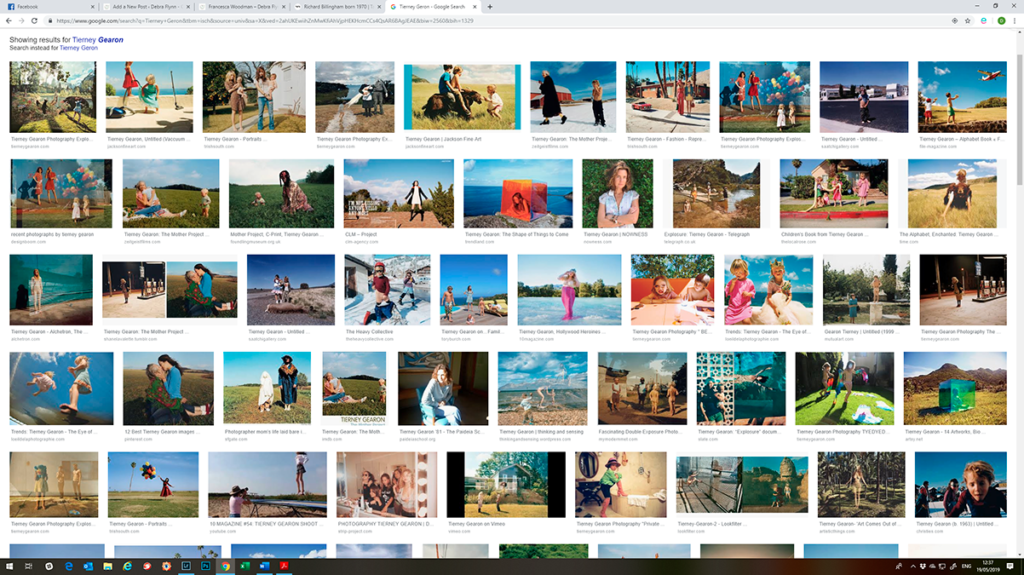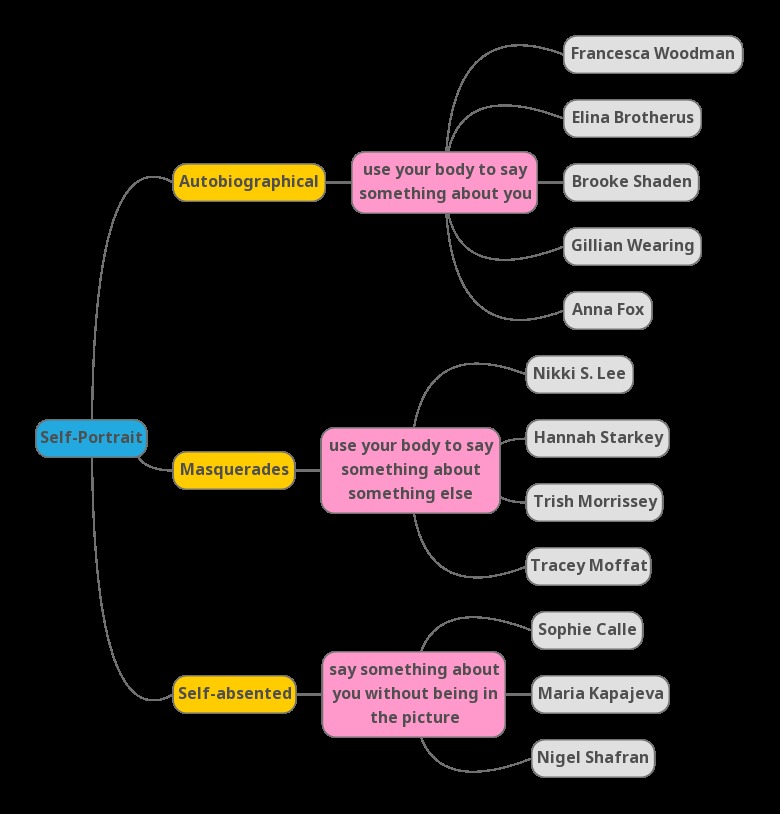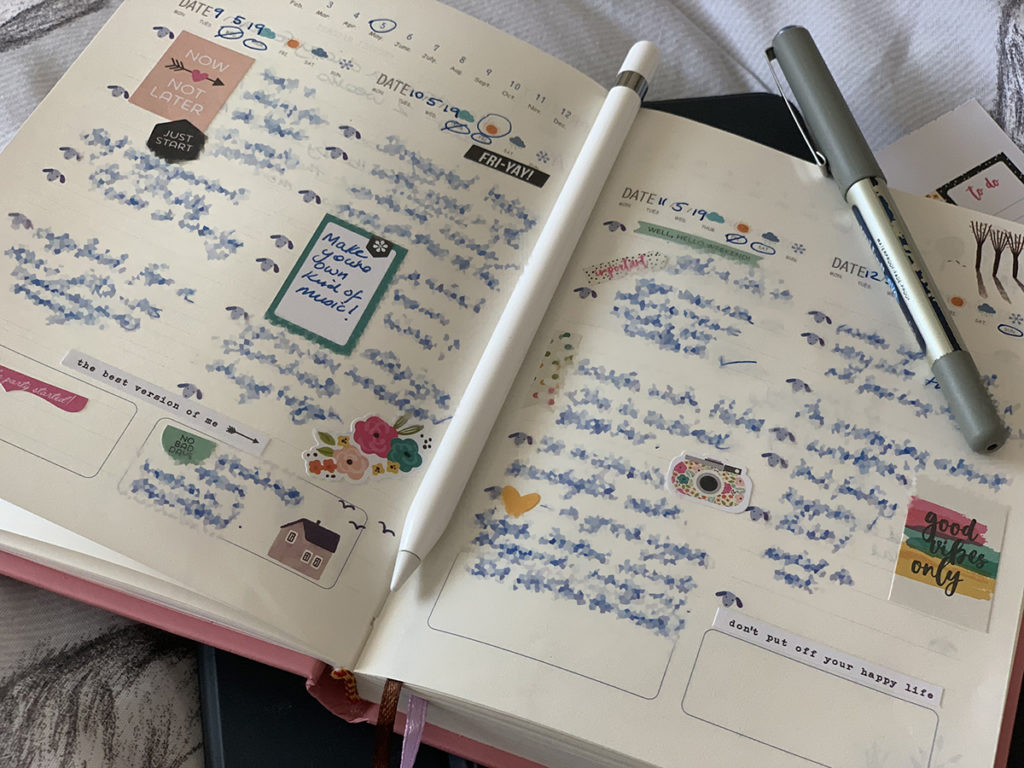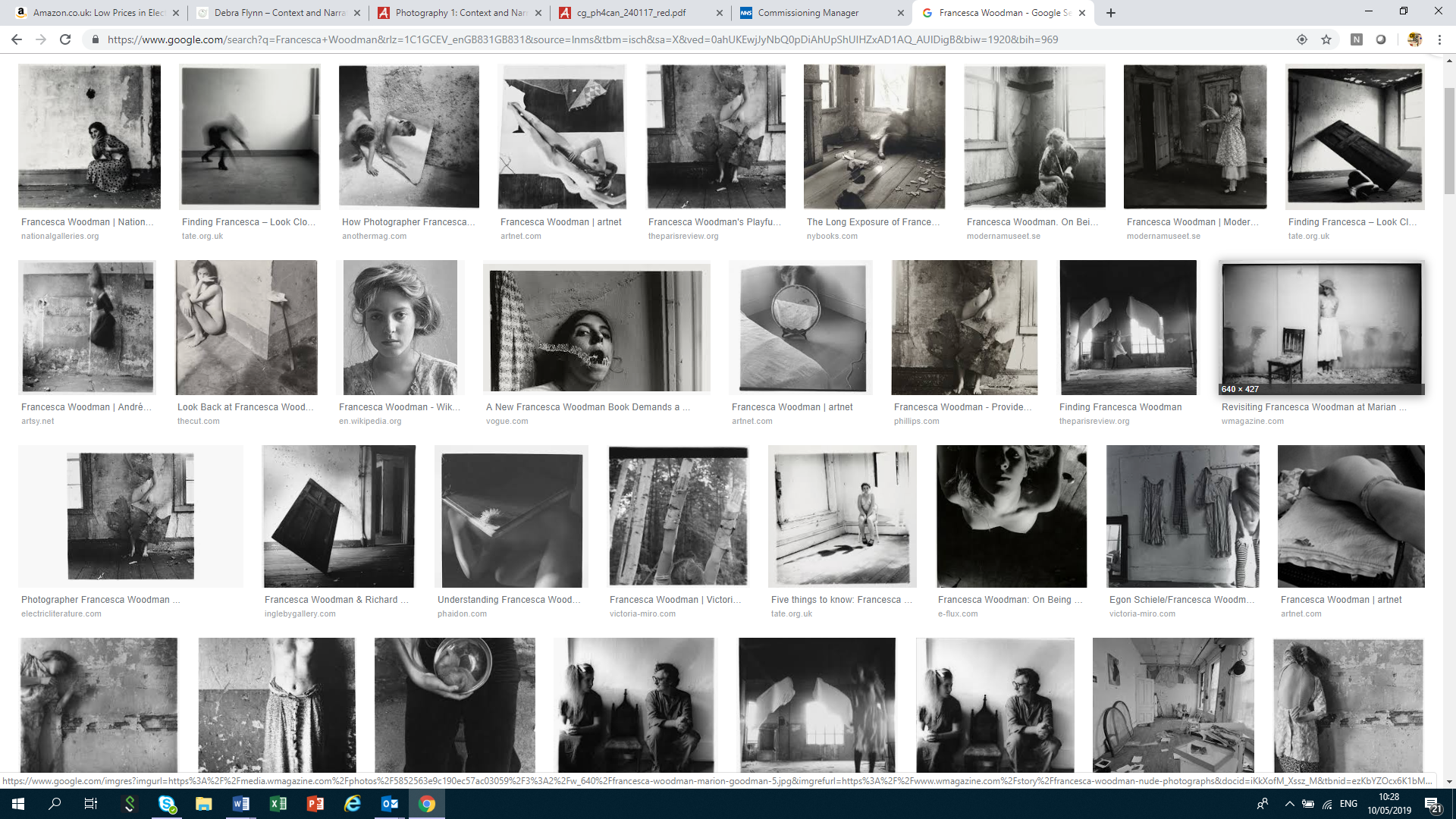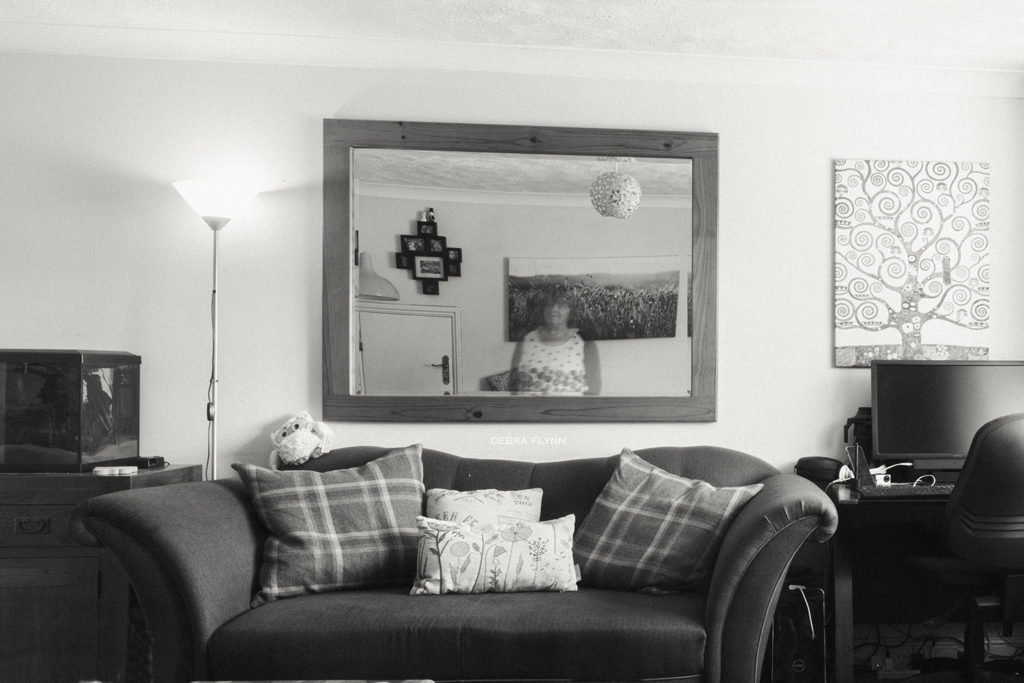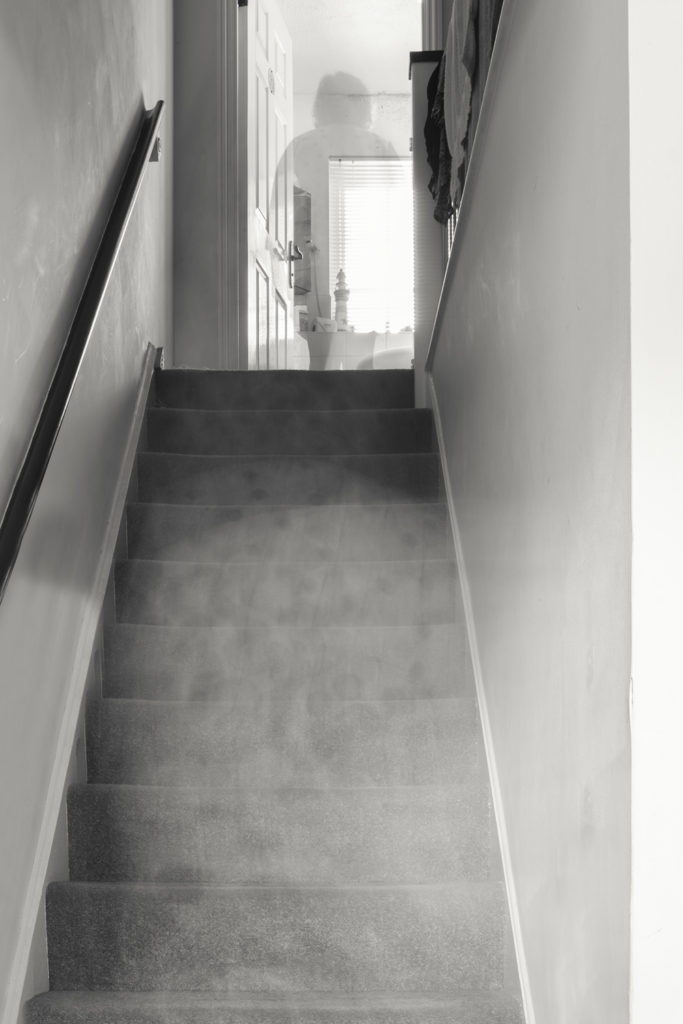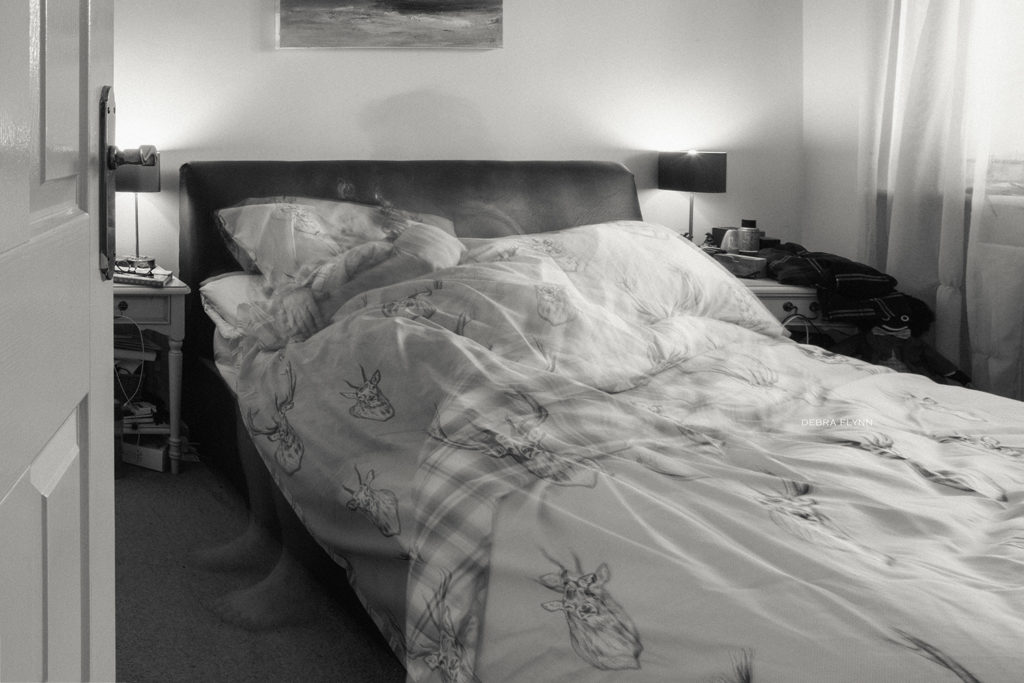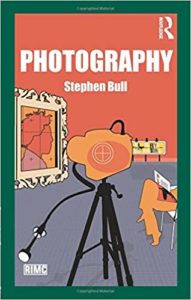Dictionary Definition:
noun
a party, dance, or other festive gathering of persons wearing masks and other disguises, andoften elegant, historical, or fantastic costumes.a costume or disguise worn at such a gathering.false outward show; façade; pretense:a hypocrite’s masquerade of virtue.activity, existence, etc., under false pretenses:a rich man’s masquerade as a beggar.
verb (used without object), mas·quer·ad·ed, mas·quer·ad·ing.
to go about under false pretenses or a false character; assume the character of; give oneself outto be:to masquerade as a former Russian count.to disguise oneself.to take part in a masquerade.
https://www.dictionary.com/browse/masquerade
Nikki S. Lee
This is Project (2), and in relation to self-portraiture, the term masquerade is denoting that the photographer is using themselves to say something about something other than themselves. The course points to Nikki S. Lee, a photographer who transformed herself physically in order to include herself in pictures of other groups and cultures, with the aim of blending in with them. I see this a little like actors playing a role. It isn’t who they really are, but they transform themselves into someone else in order to tell a story.
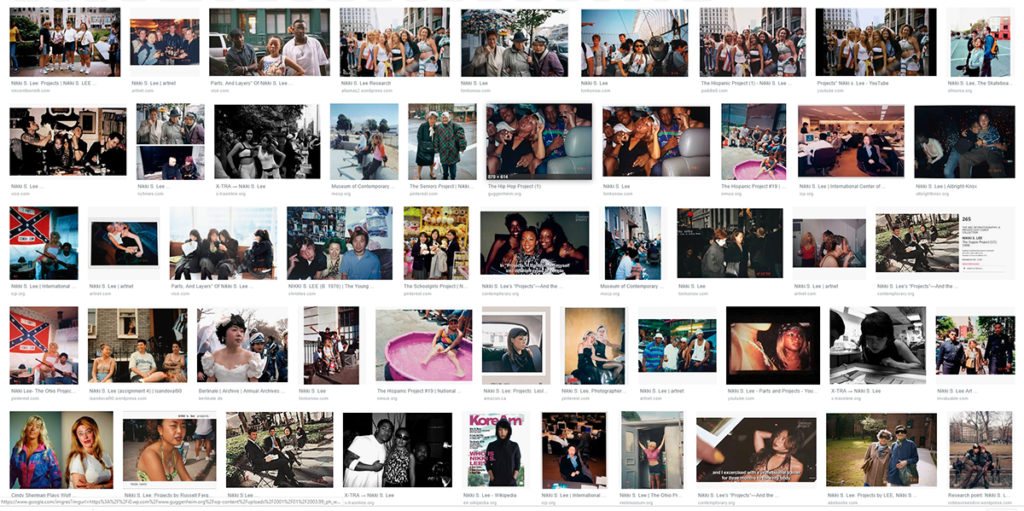
Nikki S. Lee – google image search 19.5.19 – masquerading as others
It is interesting that having read Lee’s bio, it appears that she had wanted to be an actress. Perhaps that had something to do with her dressing up as other people. There is also the fact that she moved to New York from Korea and maybe felt out of place or different from others there and was trying to blend and belong.
https://nmwa.org/explore/artist-profiles/nikki-s-lee
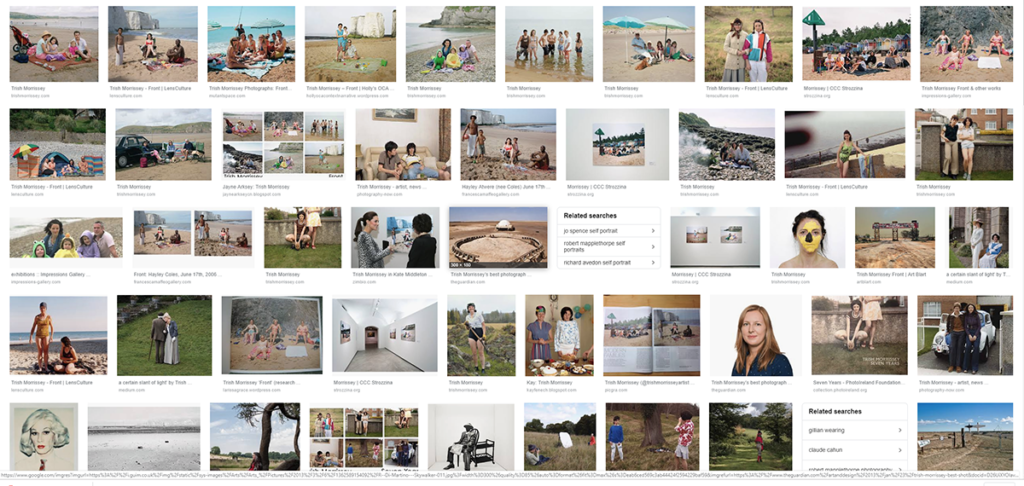
Trish Morrissey – google image search. In the series ‘Front’, Morrissey says she is challenging the idea of borders and boundaries and asked women in groups who had set up ‘camp’ on the beach to swap position with her, she took their place in the family and asked them to take the images of her ensconced in their family group.
I think any person who’s partner has gone off with someone else, who has then taken their place in the family / group. I think this would evoke feelings of loss and position and place. If you are confident of your place in a group, then I guess you’d probably just see it as some fun. As someone who take family group photos, it always really interesting how people arrange themselves. With an impostor in the mix, would the accepted roles be challenged?
http://www.trishmorrissey.com/works_pages/work-front/workpg-01.html
Exercise
I wouldn’t call Lee’s work voyeuristic, it feels more like street photography, where she has tried to join in.
- Is there any sense in which Lee’s work could be considered voyeuristic or even
- exploitative? Is she commenting on her own identity, the group identity of the
- people she photographs, or both?
- Would you agree to Morrissey’s request if you were enjoying a day on the beach with your family? If not, why not?
- Morrissey uses self-portraiture in more of her work, namely Seven and The Failed Realist. Look at these projects online and make some notes in your learning log.
It feels like Lee is commenting on her own identity and the fact that she is different, but also that each group has it’s own identity and everyone in the group blends in by the way that they look, be it clothes, or something else.
Yes I think I would agree to Morrissey’s request, and would enjoy seeing how my family looked in the camera. However, my insecurities might be challenged. I might feel jealous?
Trish Morrissey
http://www.trishmorrissey.com/works_pages/work-sy/workpg-01.htmh
Seven Years is a study recreating images from earlier periods along with her sister. Morrissey uses herself to represent other family members, trying to recreate the idiosyncrasies of people.
http://www.trishmorrissey.com/works_pages/work-tfr/workpg-01.html
In this series, Trish used her face as a canvas for her daughter to paint. She was exploring the idea that children of 4 – 5 try to express themselves visually, but don’t have the physical acuity to do so at that time. The series was made over a period of time to see how it changed as her daughter’s ability grew.
In both of these series, Morrissey is masquerading as others or even things in an attempt to test other theories.
